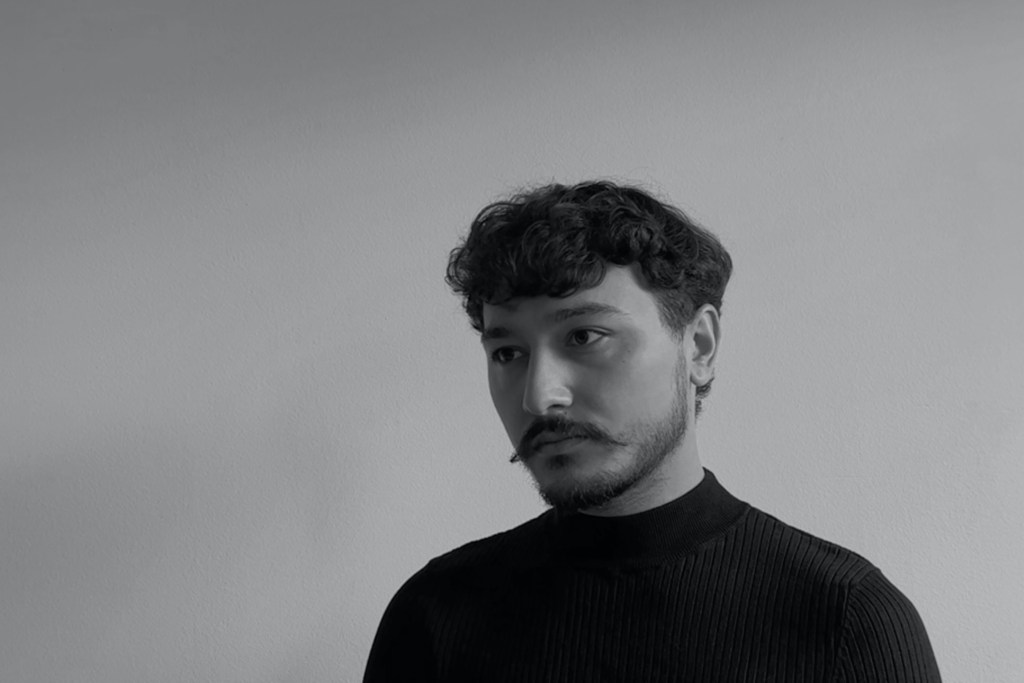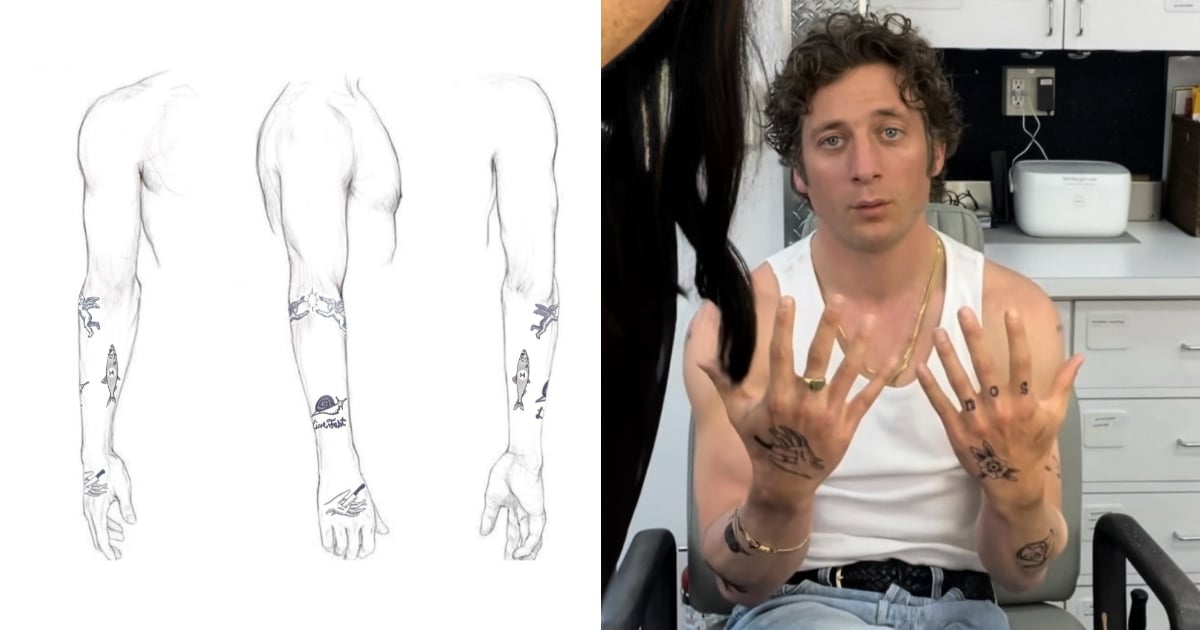MILAN — An artisanal loom stands in the middle of Galib Gassanoff’s apartment here, surrounded by tailor’s dummies and racks that turn the space into a cozy atelier and offer a glimpse of the weaving technique and handmade approach that mark Institution’s debut collection, to be unveiled on Sunday.
The intimate dimension, focus on craftsmanship and a slow production pace are key elements of the designer’s new solo fashion venture, veering away from the direction and growing scale that Act N.1 — the brand Gassanoff cofounded with Luca Lin in 2016 and exited last year — has taken.
Born in Azerbaijan but growing up on the outskirts of Tbilisi, in Georgia, Gassanoff conceived Institution as a space for personal self-expression and “a socio-artistic organization with ethics in its fundament,” the brand has said.
In an interview with WWD ahead of the brand’s presentation, Gassanoff reiterated that the idea behind the project “is not to sell in mass, but create pieces in an ethical way that makes me feel good when I make them.”
The designs mainly start from shoelaces, which Gassanoff said are Institution’s building blocks, and are handwoven using a technique reprised from his country’s carpet-making tradition.

“I don’t know why but I’ve always liked shoelaces, since my very first collections. Maybe it’s because my parents had a shoe shop,” he said with a smile. “I liked the idea of creating a fabric myself, and this can be easily adapted to the body by pulling the laces, there’s no need to cut or add pleats like with other textiles,” continued Gassanoff, showing how he sculpted the fabric to create a couple of fully woven black gowns, which vaguely evoked Azzedine Alaïa in spirit.
The late designer is one of Gassanoff’s holy trinity of fashion references, flanked by Martin Margiela and John Galliano during his tenure at Christian Dior. Subtle nods to their influence can be detected in Institution’s low-key logo and labeling, featuring just an essential horizontal line, or in the multicultural inspirations that tickle Gassanoff’s imagination.
As for his creative process, Gassanoff said he initially sketched some silhouettes but eventually let the handwoven pattern guide him, favoring a hands-on approach that saw him also tweak the fabric to generate fringes or knots as trimmings or embellishments on dresses and feminine bustiers.

“[Creating this fabric] is convenient because I don’t need to oblige minimum orders from suppliers, risking to generate waste,” said Gassanoff, who’s committed to embedding sustainability into his brand. He claimed that about 90 percent of the collection is crafted from natural materials and deadstock derived from the manufacturing processes of established companies, including leather that has been dismissed for having little flaws, now repurposed in a standout oversize trenchcoat, for example.
“I love leather and I don’t believe much in those eco alternatives, which pollute even more,” said Gassanoff, praising the original material for its durability and “the fact that it can be repaired.” The designer himself has a passion for amending leather pieces tracing back to the ‘80s and ‘90s, which he unearths at vintage stores, he said.
In sync with this artisanal focus, Gassanoff collaborated with family-run businesses on other categories. For one, he partnered with a company from the Veneto region for handmade knits that he included in the lineup under the guise of edgy sweaters with side slits and long skirts accentuating the overall elongated silhouette of the lineup. Other options had shoelaces integrated in their essential designs, making for graphic ton-sur-ton motifs.
Elsewhere, padded full skirts contrasted with lightweight shirts crafted from fluid silk and coming with a shawl to encourage personal styling and favoring different ways of sporting the garments, which Gassanoff believes can contribute to extending the life span of clothes.

Comprising about 25 looks meant to be replicated in limited quantities, the lineup was mainly rendered in black and white to draw full attention on garments’ volumes and handmade construction, “which is where the real value of the collection lies,” he said. To reinforce these aspects, Gassanoff decided to stage Institution’s presentation at the Secci art gallery in central Milan, showcasing his pieces on walls or mannequins rather than models.
The choice also mirrors the brand’s larger scope beyond fashion, as Gassanoff ultimate goal is to expand the project in different directions to include motion art, music, objects, artworks, activism and collaborations. On top of his agenda is safeguarding his country’s crafts that are at risk of being lost, supporting the generational handover by involving local communities of women in the making of his collections.



